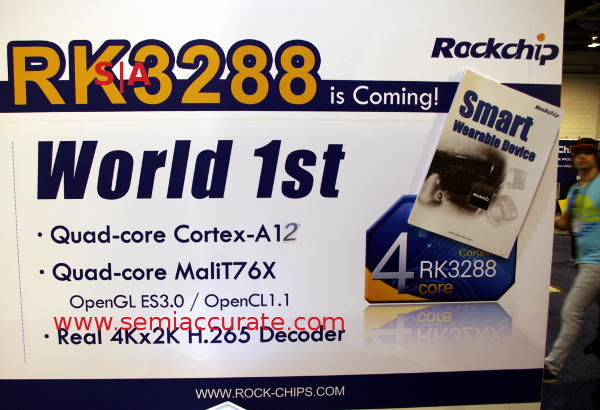Things are as always way less complex as we'd imagine. How about A17 being nothing else but a higher A12 revision? Mediatek had announced quite a while ago that they're planning A12 SoCs this year and now we have this.
*ahem*
http://semiaccurate.com/2014/02/04/rockchip-rk3288-beats-everyone-coretex-a12-mali-t760-h-265/

Notice the "2" of the A12?
*ahem*
http://semiaccurate.com/2014/02/04/rockchip-rk3288-beats-everyone-coretex-a12-mali-t760-h-265/

Notice the "2" of the A12?
